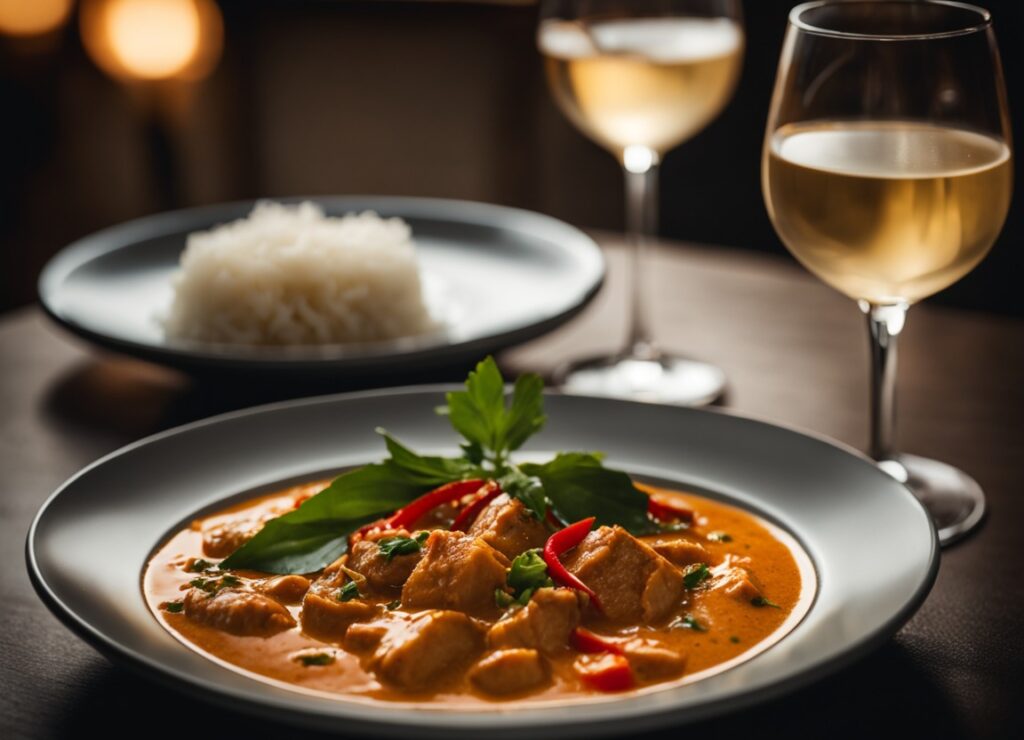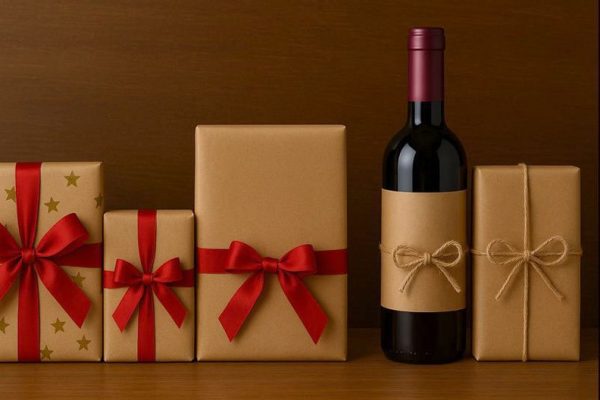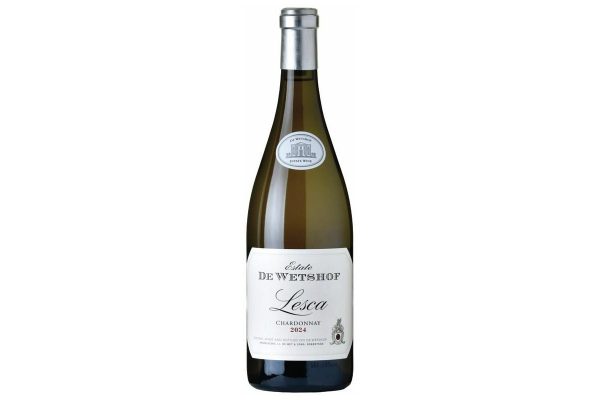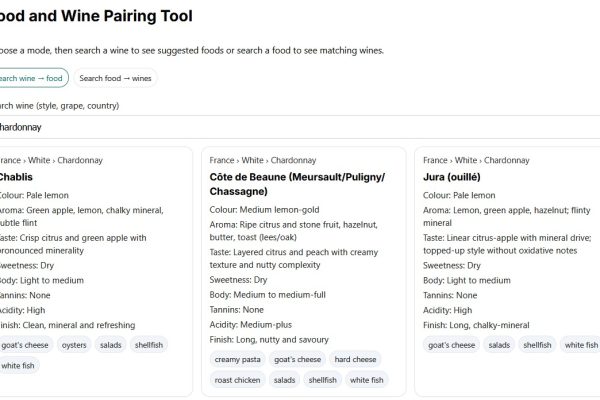
Pairing wine with spicy food can be a interesting exploration of flavours if done thoughtfully. The key is to choose wines that balance the heat and enhance the dish’s flavours without overpowering them. Here are some recommendations that harmonise with spicy cuisines:
- Riesling
A classic choice for spicy dishes, especially those with a sweet and sour profile. Rieslings, particularly from Germany or Alsace, offer a balance of sweetness and acidity that can cool the palate and complement the spice. Look for off-dry (slightly sweet) versions which provide a refreshing counterbalance to heat. - Gewürztraminer
This aromatic white wine, known for its notes of lychee, rose, and ginger, pairs wonderfully with spicy Asian dishes. Its inherent sweetness and bold floral aromatics can stand up to strong flavours, making it an excellent choice for Thai or Indian cuisine. - Rosé
A dry rosé, with its crisp acidity and red fruit characteristics, can serve as a palate cleanser when eating spicy foods. Whether it’s a Provencal Rosé or a New World version, its refreshing nature can be a lovely match for moderately spicy dishes. - Chenin Blanc
Especially in its off-dry forms, Chenin Blanc from the Loire Valley or South Africa offers a delightful balance of sweetness and acidity, making it a versatile partner for spicy dishes. Its apple and quince notes can complement a variety of flavours. - Pinot Gris
Known for its rich texture and stone fruit flavours, Pinot Gris from Alsace or the Pacific Northwest can handle the intensity of spicy dishes while providing a satisfying mouthfeel and refreshing acidity. - Sparkling Wines
Brut (dry) sparkling wines, including Champagne, Prosecco, or Cava, offer a bubbly reprieve from heat with their effervescence and high acidity. They are particularly effective with fried foods and spicy appetizers. - Zinfandel
For those who prefer red wine, a fruit-forward Zinfandel with moderate tannins can pair well with grilled spicy meats. Its jammy berry flavours and peppery notes can complement smoky and spicy flavours without overwhelming the palate.
When pairing wine with spicy food, it’s generally best to avoid high-tannin reds or overly oaky whites, as these can intensify the sensation of heat. Instead, opt for wines with lower alcohol levels, good acidity and some residual sweetness to balance the spice. Each dish and wine pairing offers a unique experience, so feel free to experiment.













